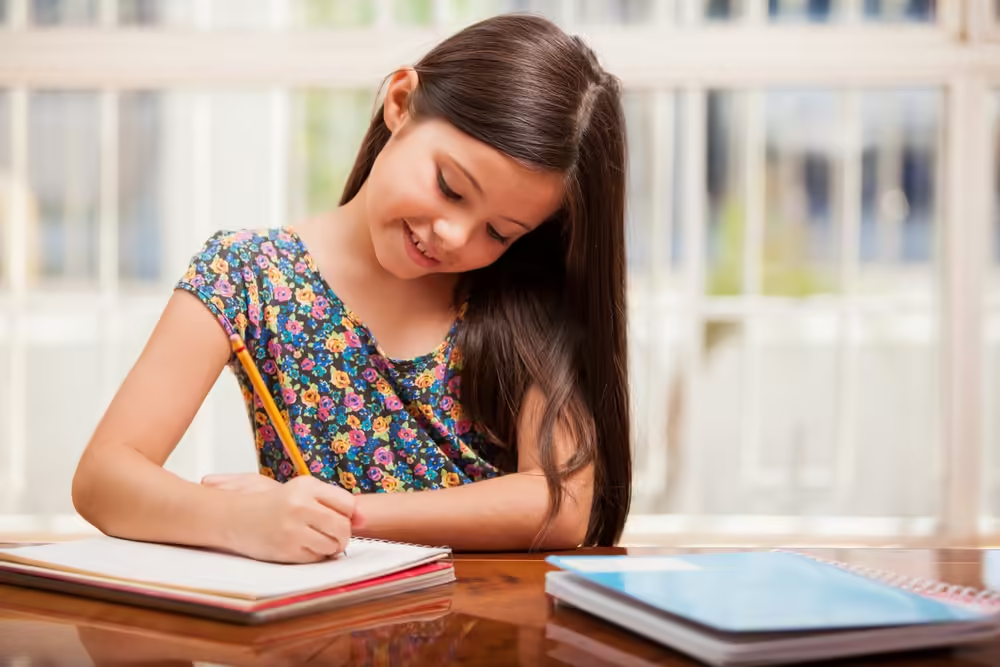Understanding Twice-Exceptional (2e) Students: A Journey Through the Unique World of Dual Abilities

When we think about gifted children, we often imagine students who excel in academics, easily grasp complex concepts, and breeze through school with little to no difficulty. However, this image only represents a portion of gifted individuals. There is a unique subset of students who possess both high intellectual abilities and disabilities or learning challenges. These individuals are known as twice-exceptional or “2e” students.
What Does “Twice-Exceptional” Mean?
The term “twice-exceptional” refers to children who are identified as gifted in one or more areas (such as intellectual, creative, or artistic abilities) and also possess one or more disabilities or learning challenges. These challenges may include ADHD, dyslexia, autism spectrum disorder (ASD), or other learning disabilities. The coexistence of these characteristics creates a complex educational profile that requires specialised understanding and support.
The Paradox of High Ability and Learning Challenges
The duality of strengths and challenges in 2e students can lead to paradoxical educational experiences. On one hand, their exceptional abilities allow them to think critically, solve problems creatively, and demonstrate deep understanding in specific areas of interest. On the other hand, their disabilities or learning challenges can hinder their ability to perform in traditional academic settings, leading to frustration, underachievement, and misidentification.
For example, a 2e student might be a brilliant mathematician with a deep understanding of advanced concepts but struggle with basic reading due to dyslexia. This discrepancy can cause confusion for educators and parents, who may not immediately recognize the child’s giftedness due to the overshadowing impact of the learning challenge.
Common Challenges Faced by 2e Students
- Underachievement: 2e students often underperform in school because their learning challenges mask their giftedness. They might struggle with organisation, time management, or processing speed, leading to incomplete assignments and lower grades.
- Misdiagnosis: Many 2e students are misdiagnosed or not diagnosed at all. Their exceptional abilities may compensate for their challenges to some extent, making it difficult for educators to identify the underlying issues.
- Social-Emotional Difficulties: The combination of giftedness and learning challenges can create social and emotional difficulties. 2e students may feel isolated, misunderstood, or anxious, especially if their peers or teachers do not recognize their unique needs.
- Frustration and Low Self-Esteem: Struggling with tasks that come easily to others, despite having high intellectual abilities, can lead to frustration and low self-esteem. These students might internalise their challenges as personal failures, impacting their motivation and overall well-being.
Supporting 2e Students: A Balanced Approach
Educating 2e students requires a balanced approach that addresses both their strengths and challenges. Here are some strategies that can help:
- Individualised Education Plans (IEPs): Developing an IEP that considers both the student’s giftedness and learning challenges is crucial. The plan should include accommodations that support their disabilities while providing opportunities to nurture their talents.
- Differentiated Instruction: Teachers can use differentiated instruction to cater to the unique needs of 2e students. This approach allows for flexibility in teaching methods, content delivery, and assessment, enabling students to engage with the material at their own pace and level.
- Strength-Based Learning: Emphasising the student’s strengths can boost their confidence and motivation. Providing opportunities for them to excel in areas of interest, such as advanced projects or independent studies, can help balance the challenges they face in other areas.
- Social-Emotional Support: Providing social-emotional support is essential for 2e students. Counselling, peer support groups, and social skills training can help them navigate the complexities of their educational experience and build resilience.
- Collaboration Between Home and School: Effective support for 2e students requires collaboration between parents, teachers, and specialists. Regular communication and a shared understanding of the student’s needs can lead to more effective interventions and a more positive school experience.
Conclusion
Twice-exceptional students are a unique and diverse group of learners who require specialised attention and support. By recognising and nurturing their dual abilities, we can help them thrive academically, socially, and emotionally. Understanding the complex nature of 2e students is the first step in creating an educational environment that allows them to reach their full potential. In doing so, we not only honour their individual strengths but also contribute to a more inclusive and supportive educational system for all students.
If you would like to have a conversation further on how to navigate this, please contact us at Prosper Health Collective for further information on 6381 0071.